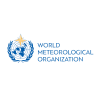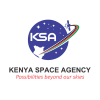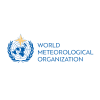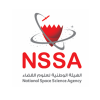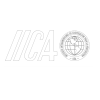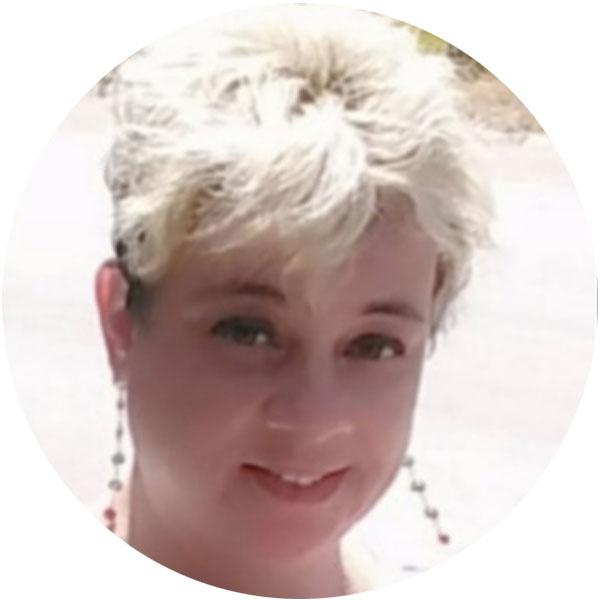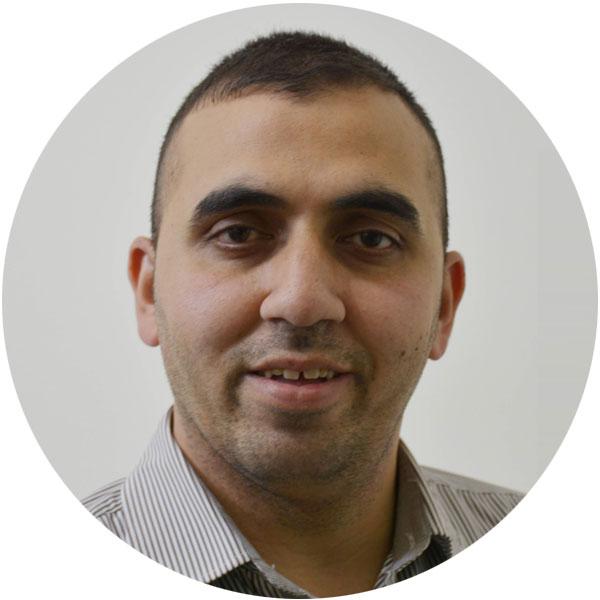Space Technologies
Space technologies encompass space-related technological advances and developments. (ESA, 2012) Multiple classification methods are possible for outer space technologies, and various organizations opt for different approaches. Technologies covered are Global Navigation Satellite Systems (GNSS), Earth Observation (EO), Satellite Communication and Human Spaceflight. This classification was selected after multiple iterations based on discussions with UNOOSA staff. [NK1]
"Space technologies play an important role in many areas of activity within the United Nations. [...] As it is especially challenging for developing countries to access and use space-based information, the United Nations supports these Member States through satellite-derived information products, such as maps, and through capacity building and institutional strengthening." (UNOOSA, 2017)
"Space Technologies in the UN". UN-SPIDER Knowledge Portal, UNOOSA. 2017. http://www.un-spider.org/space-application/satellite-technology. [Accessed February 21, 2019]
"What is technology?". Space Engineering & Technology, ESA. Last modified October 15, 2012. http://www.esa.int/Our_Activities/Space_Engineering_Technology/What_is_…. [Accessed February 14, 2019]
Related Content
Article
Event
Project / Mission / Initiative / Community Portal
WMO Hydrological Observing System Portal
Currently, WHOS makes available three data portals allowing users to easily leverage common WHOS functionalities such as data discovery and data access, on the web by means of common web browsers. For more information on WHOS data and available tools, please refer to the Section WHOS web services and supported tools.
WHOS-Global Portal provides all hydrometeorological data shared through WHOS. WHOS-Global Portal is implemented using the Water Data Explorer application.
Stakeholder
Person

María José Molina-Montero
Geographer at FAB-LAB Inter-American Institute for Cooperation on Agriculture
María José Molina Montero is a geographer. She holds a master's degree in Geographic Information Systems and Remote Sensing obtained in 2019, she has amassed almost 10 years of experience in the utilization and management of satellite imagery for developing a range of geospatial applications. She has served as a consultant in the public and private sectors, and for cooperation bodies such as the United Nations Development Programme (UNDP) and the Inter-American Institute for Cooperation on Agriculture (IICA), focusing on risk management, climate change, water resources, and agriculture.

Benjamin Wullobayi Dekongmen
PhD Candidate University of Energy and Natural Resources
Benjamin is a poised and passionate Geospatial enthusiast and Environmental Hydrologist with a strong research focus on Groundwater Recharge, Flood Risks Terrain and Climate Change modelling. He has a wide range of expertise in GIS and Remote Sensing, Soil and Water Assessment Tool (SWAT), Python, and Google Earth Engine.








